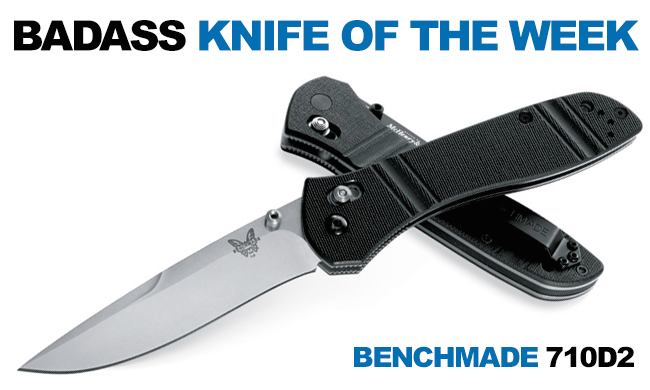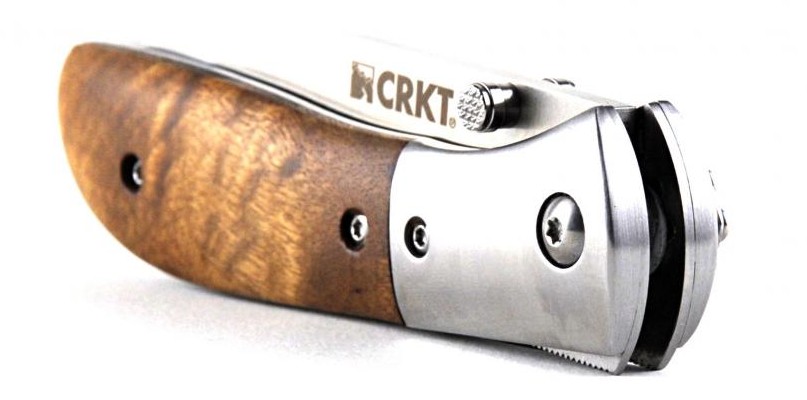
We all know there’s little love between knife manufacturers. When you are trying to make a knife stronger, better, and more interesting than a competitor, there’s bound to be tension and animosity.
But Cold Steel is taking it to the next level.
In a press release, Cold Steel announced that it’s suing CRKT over misleading marketing assertions. Cold Steel says CRKT’s claims that its various locking mechanisms—including LAWKS, AutoLAWKS, and L.B.S—can convert a folding knife into a “virtual fixed blade” is not only misleading customers into buying poorly performing knives but also causing losses to their business.
Here’s more from Cold Steel President Lynn C. Thompson: “Consumers are entitled to truthful information. They need to know what a knife can and can’t do. We are a nation of people who USE our knives. Responsible knife owners want to use their tools, and they should be given honest information about the performance, reliability and safety they should expect.”
 So what does Cold Steel want out of this lawsuit? The company is seeking an unspecified amount of money from damages caused by CRKT’s “blatantly false claims” and “dishonest tactics,” which will then be donated to Knife Rights. It also wants an injunction, treble damages, and attorneys’ fees.
So what does Cold Steel want out of this lawsuit? The company is seeking an unspecified amount of money from damages caused by CRKT’s “blatantly false claims” and “dishonest tactics,” which will then be donated to Knife Rights. It also wants an injunction, treble damages, and attorneys’ fees.
Continue reading
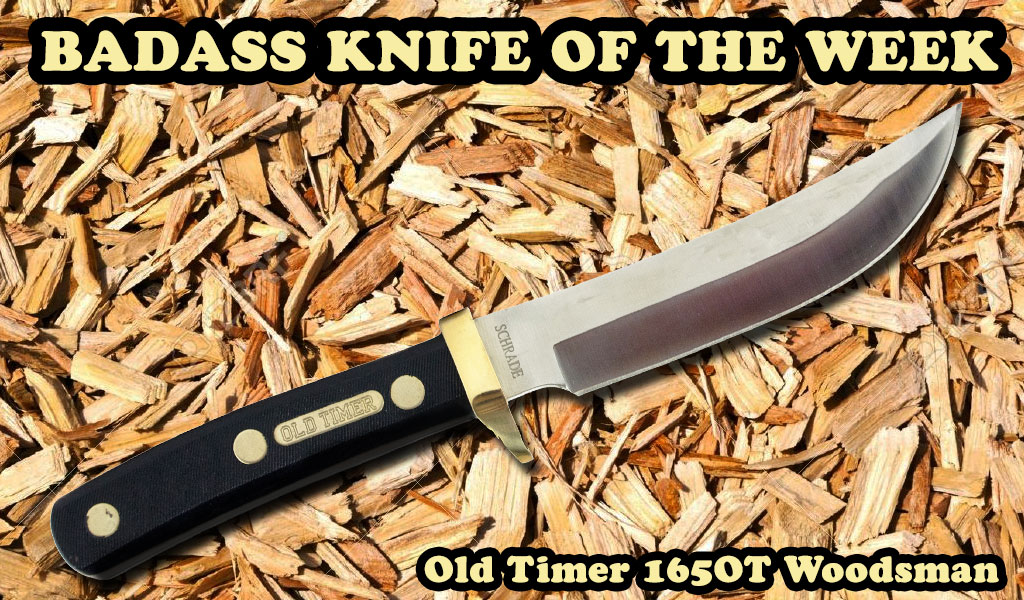
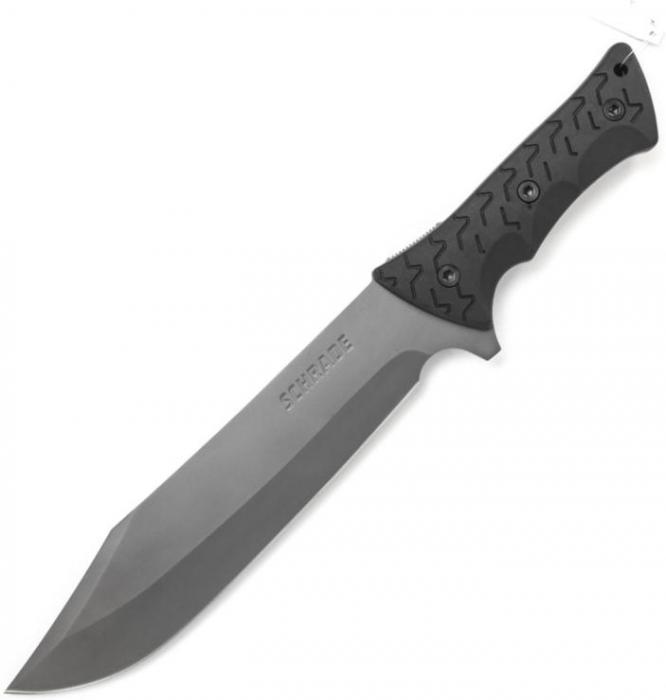
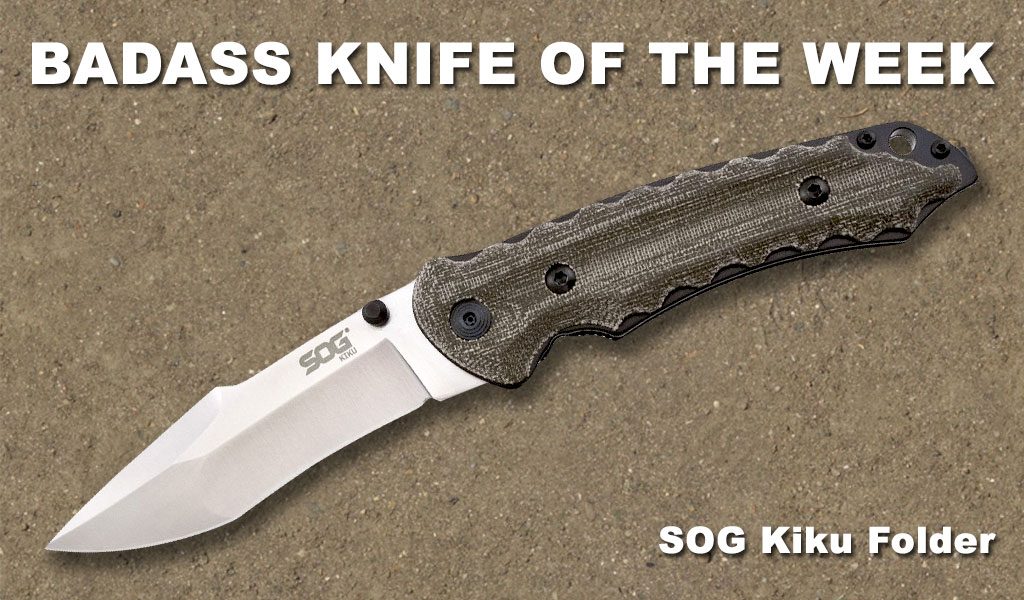

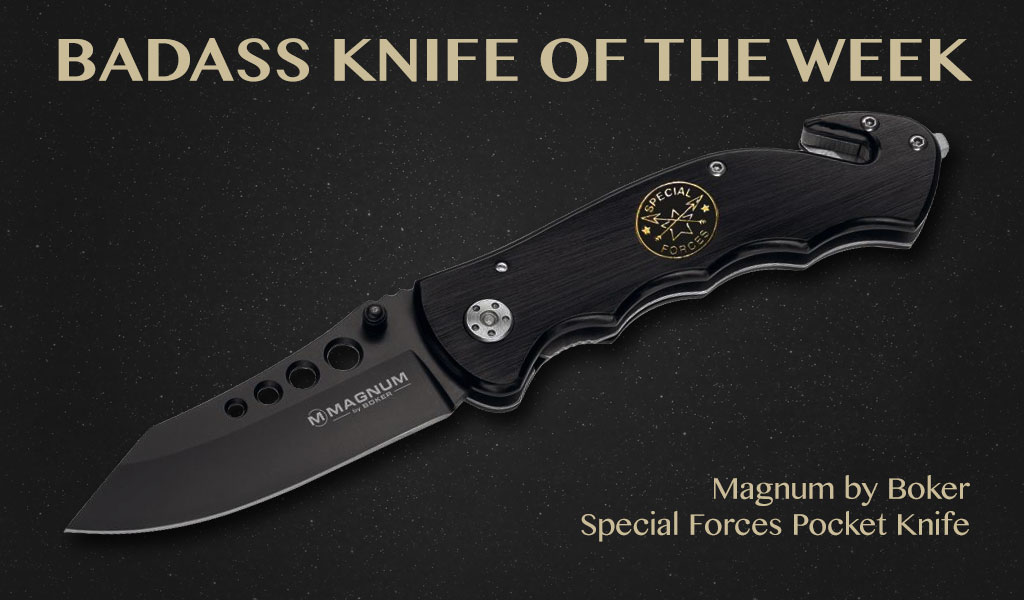
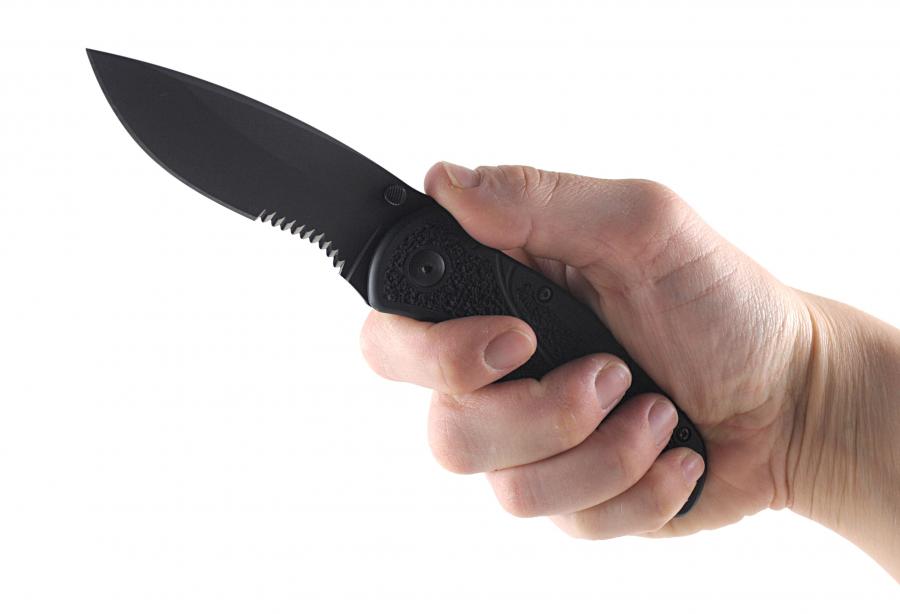

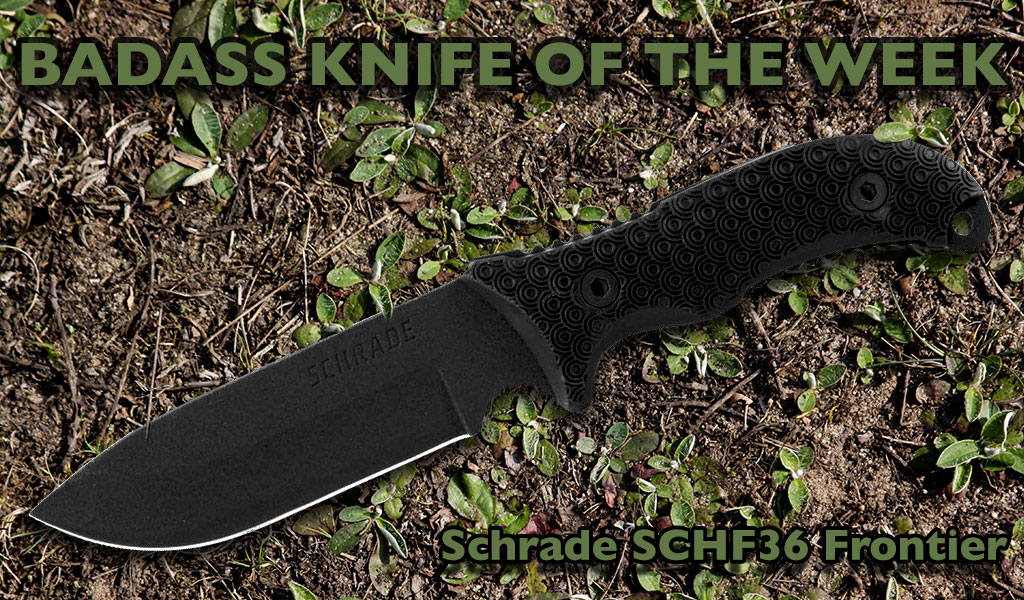

 So what does Cold Steel want out of this lawsuit? The company is seeking an unspecified amount of money from damages caused by CRKT’s “blatantly false claims” and “dishonest tactics,” which will then be donated to
So what does Cold Steel want out of this lawsuit? The company is seeking an unspecified amount of money from damages caused by CRKT’s “blatantly false claims” and “dishonest tactics,” which will then be donated to 